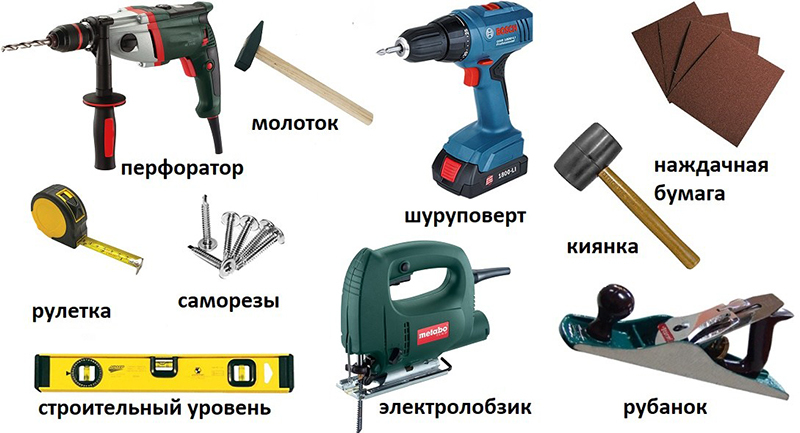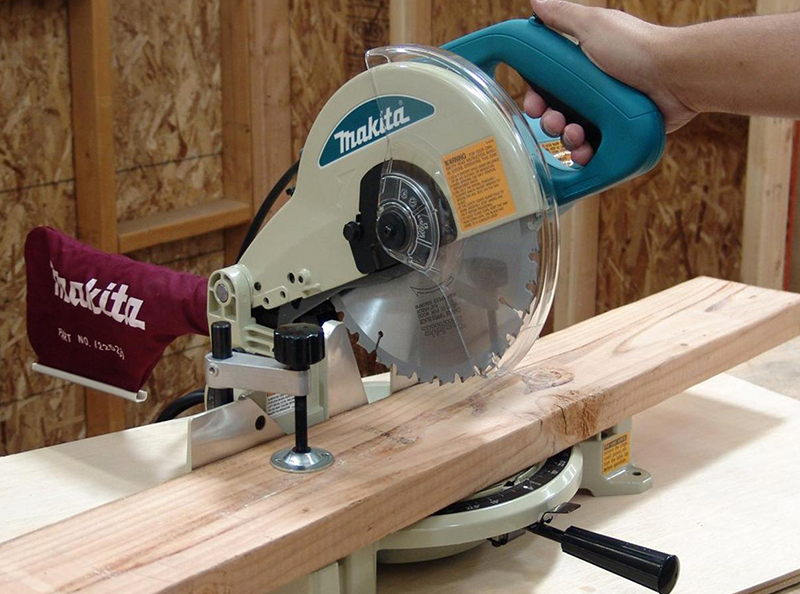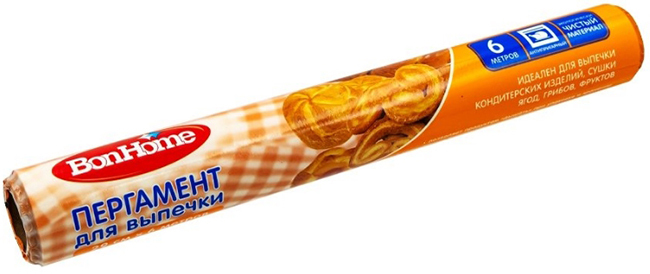
- What are the mirrors?
- In
- 's Content How to make a mirror of glass?
- Metal mirror
- Mirror from foil
- Mirror from cardboard with own hands
- A few words about frames
A thing made by own hands gives the interior a special charm. A homemade mirror will not be superfluous, especially now, when historical reconstruction is perhaps the most popular hobby. People of various professions revive old technologies and materials, and ancient ornaments acquire a second life. Mirror with their own hands can decorate a room in medieval style or Baroque, recall the sunny Provence or gloomy Northern Europe. Want to try? Then this article is for you.
to the contents ↑What are the mirrors?
Before you make a mirror at home, decide which one you need. Reflective surfaces are:
- household;
- parts of optical instruments.
An ordinary household mirror only reflects objects. As a rule, it is flat. Optical instruments can have a variety of functions - for example, collection of light or magnification. Such mirrors have different curvatures, their production requires special equipment and very accurate calculations.
Important! Even if the mirror for the device is made flat, higher demands are placed on it than on the household one. So even those who are keen on building telescopes, mirror parts usually order.
to the contents ↑Materials
The question of how to make a mirror is certainly important. But no less interesting is the question, from which it can be made:
- of glass;
- made of plastic;
- from foil;
- of cardboard;
- of metals.
What to take to make a mirror yourself?
- The most modern reflecting surfaces are made of plastic. They are made by spraying. This process requires special vacuum equipment, which hardly makes sense at home, unless you are going to open your small mirror business.
- But a mirror made of metal or glass can be made by hand. Equipment for this need the simplest. True, some chemical reagents are needed to silver the glass, but it is not difficult to get them.
- In addition, you can make a reflective surface of the foil - this is also metal. Only the quality of this mirror will be significantly lower than that of metal or glass with silver amalgam.
Which metals are suitable?
It should be noted that not all metals are suitable for your purpose. Suitable are those that more or less well withstand grinding:
- gold;
- silver;
- bronze;
- steel;
- aluminum;
- beryllium;
- special alloys.
Important! A large plate of gold or silver will be very expensive, and it is problematic to find it. In addition, any precious metals are soft alloys that can not hold the rigid form of the mirror. Therefore, they are used exclusively as a surface layer on the surface of the reflecting surface, they are applied by spraying.
Bronze and steel
Bronze is an ancient metal, quite accessible to modern man. It is sufficiently firm, so it is convenient to polish it. Actually, the whole process of making comes down to polishing. 
Steel people learned to do much later than bronze. This is also a very suitable material for making reflective surfaces. Work with steel as well as with bronze - that is, they order a cast mirror entirely, and the surface is simply polished.
Important! You can apply a layer of silver to improve the reflective ability, but it is not necessary.
Aluminum and other
Mirror surfaces made of aluminum. It is a cheap and light metal, but it has a lot of flaws:
- It is soft, which means that polishing it is a laborious and ungrateful task.
- The mirror itself does not hold the shape well.
Important! As for other metals, such as beryllium and special alloys, these mirrors are made only at industrial enterprises, where special equipment is installed. Beryllium is hard and very toxic. Usually only a beryllium coating is made.
to the contents ↑How to make a mirror of glass?
Glass is perhaps the most affordable material for making a self-made mirror.
The choice of material
First of all, of course, you need to choose the right sheet:
- The best quality Bohemian glass is most suitable - they almost never have scratches, and the surface is very well polished.
- But in the absence of the opportunity to get this material will have to be content with the usual window.
Important! Select the appropriate sheet in the store. It should not be:
- sinks;
- chips;
- visible scratches.
In addition, the sheet should be as flat as possible. Check it out easily:
- Put a sheet of glass on a dark cloth.
- Place a light source nearby( for example, a table lamp).
- Take the metal measuring ruler.
- Gently, to avoid scratching the surface, attach it to the glass with an edge.
- Rotate the lamp so that the ruler marks are reflected in the glass.
- The ruler should be adjacent to the glass along its entire length so that there is no visible gap between it and the glass, and reflection of divisions would be an exact continuation of the divisions themselves, without breakages.
Pruning
After the sheet is selected, it must be trimmed around the contour of the mirror. This requires a sketch. It can be made from cardboard. If you do not have experience in glass cutting, it is better to instruct the master.
Pruning requires precision, there should be no chipping or jagging. If you do this yourself, it is better to use a glass cutter with a cutting blade. It works cleaner than diamond.
Silvering
Making a mirror at home will require some knowledge of chemistry from you. First, prepare the necessary materials and dishes. In addition to the already prepared piece of glass, you will need:
- distilled water;
- nitrate silver;
- glucose or refined sugar;
- caustic potash or caustic soda;
- ammonia;
- nitric acid;
- glassware from chemical glass;
- filter paper;
- laboratory scales;
- set of weights;
- wax or sculptural clay;
- detergent;
- rubber gloves;
- safety glasses.
Important! You have to work with dangerous chemicals, so you can not do without gloves and glasses. Nitric acid and alkalis cause serious burns, so do not allow them to get on the skin or mucous membranes.
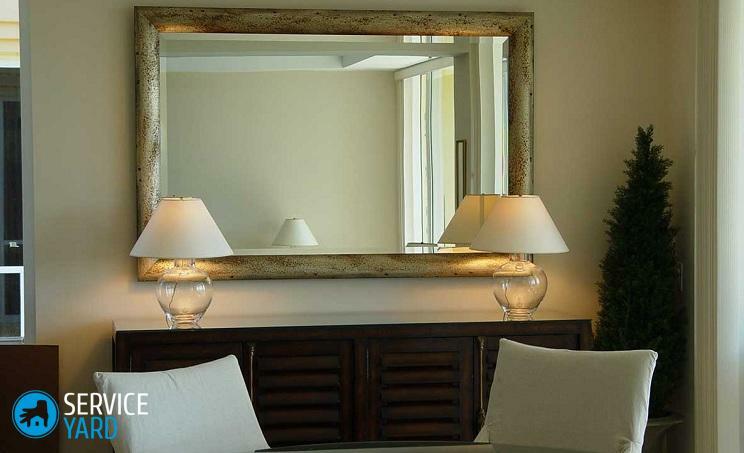 Chemicals can be bought at a chemical store, but it's much more convenient to do this via the Internet. As for ammonia and glucose, they certainly are in the nearest pharmacy. In addition, glucose can be replaced by the most ordinary refined sugar.
Chemicals can be bought at a chemical store, but it's much more convenient to do this via the Internet. As for ammonia and glucose, they certainly are in the nearest pharmacy. In addition, glucose can be replaced by the most ordinary refined sugar.
Getting Started
To begin with, glass is very useful as it should be washed. For this you need:
- soft rag;
- dishwashing detergent.
Nothing complicated at this stage. You need to make sure that the surface is clean and there are no scratches on it. Therefore, even if you get a very dirty sheet, you should not put much pressure on it. After washing, the workpiece must be dried, there is nothing too complicated in this. Drying can be done in any accessible way.
Degreasing
The surface must be degreased before silvering, otherwise it will not work. To do this, you need a 15% solution of potassium hydroxide( KOH).Sold this substance in the form of granules, which must be diluted:
- Before you prepare the solution, wear gloves and goggles - this substance is very hot when connected to water.
- Weigh the right amount on the scales.
- Calculate the amount of distilled water: if you take 15 g of potassium hydroxide or caustic soda, then to get a 15% solution, you need 85 ml of water.
- Pour into the chemical container with the cuts of approximately ⅔ the required amount of distillate calculated.
- Place the pellets in the same place, dissolve them.
- Add water to the required volume.
- Take a piece of soft cotton cloth without lint.
- Wrap it on a stick.
- Wipe the glass.
- Rinse the workpiece first with plain water, then distilled.
- Allow to dry.
We make the edge
The edge is needed to keep the solutions on the surface during silvering. It is best to use wax for its production, but sculptural plasticine is also suitable:
- Roll the clay on the strips taking into account the thickness of the glass - the rim should be about 2 cm higher than the future silver layer.
- Fasten the strips along the perimeter, and the clay should not fall on thatpart of the workpiece, which you will silver.
- Press the strips tightly on the side on which there will be no silver, and from the sides.
- Place the sheet on the horizontal surface with the edge up.
- Fill the surface with distilled water.
- Cover it all with plastic wrap.
Prepare solutions
The first solution is made from silver nitrate and distilled water.
Important! To calculate the quantity, approximately calculate the surface area. If you are going to make a layer of silver 2 cm thick, multiply the area by 2. In order to silver a 20x20 cm square, you need about a liter of solution. Silver nitrate needs 52-53 g, the rest - distilled water. There will be a sediment, but do not be scared, it should be so.
Then proceed as follows:
- Start pouring 25% solution of ammonia.
- Pour it slowly, drop by drop, each time shaking.
- Add ammonia until the sediment disappears.
- When the precipitate dissolves, add a little more distilled water( about 100 mL).
- Filter the solution.
- Leave the vessel for 10-15 minutes to allow the chemical reaction to come to an end and balance has come.
Important! While the first vessel is in equilibrium, we prepare the second solution. In 1 liter of water, dissolve 50 g of glucose or sugar and filter.
We proceed to silvering
Solutions must be prepared immediately before work. If you leave them for a long time, unwanted processes can start, which greatly reduces the quality of work. So, start silvering:
- Drain the distilled water from the glass.
- Immediately, without waiting for the surface to dry, fill the glucose solution - it must completely cover the entire surface.
- Pour in a solution of silver nitrate.
- Leave the glass for 10-15 minutes.
- Drain the solution.
- Rinse the surface with distilled water, placing it in an inclined position.
- Put the mirror to dry - in a vertical position.
- After the surface dries, carefully peel off the edges.
- Clean the ends of the plasticine.
Important! The fusion solution must be destroyed, as it is explosive and can not be stored. Unused substances can be stored, but not very long - you can, for example, silver other surfaces, not necessarily even. For example, an ordinary glass bottle can be turned into a beautiful silver vase.
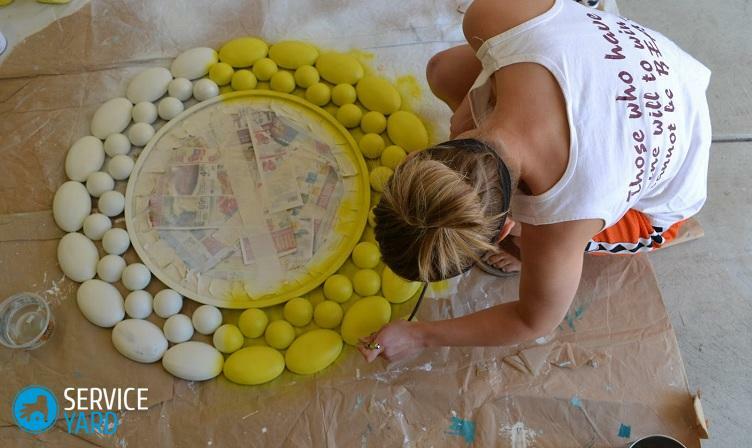
Applying a protective coating
The silver layer looks beautiful, but it is very fragile. To ensure that the mirror has been used for a long time, the surface must be covered with a protective layer. Perfectly suited asphalt varnish. It is quite dark and will perfectly protect the reverse side of the mirror. It covers not only the surface itself, but also the ends, so that they do not get moisture.
Important! It is necessary to remove wax residues from the front of the mirror. This is done with a cotton swab dipped in alcohol. If on the front side there is a silver solution, it is removed by a swab moistened with nitric or hydrochloric acid, and then wiped dry with a napkin. After that, the mirror can be inserted into the frame.
to the table of contents ↑Metal mirror
Bronze or sheet steel of the desired shape is best ordered in the foundry. This can be done, including through the Internet, indicating in the application that the sheet should be flat. Polishing is a laborious process, but the surface can also turn out to be ideal.
Grinded surface with abrasive powder. As a binder element, a thick lubricant is used, for example, solidol. As a grinder, a flat iron plate with a flat surface or a thick glass sheet is used:
- Place the grinder horizontally.
- On the workpiece, apply a coarse-grained abrasive mixed with a solidol.
- Drive the workpiece through the grinder in different directions, not bringing it to the edge.
- Remove the abrasive and solidol from the workpiece and grinder with a flannel cloth.
- Apply a finer grained abrasive and repeat the procedure.
Important! The abrasive should be changed to 5-6 times, choosing an increasingly smaller fraction. The depth of scratches I control visually on the eye and with the help of a magnifying glass. When the surface quality satisfies you, polish it with GOI paste. Without any grinder. The unpolished part can be covered with a varnish that imitates a patina.
to the contents ↑Mirror from foil
Perhaps the most simple option. There are quite a few types of foil in stores, you need the thinnest you can find. Most suited is the one that is designed for windows. It is sealed in summer.
The mirror is made simple. It is advisable to choose a good smooth glass. With no dangerous substances you do not have to work - the foil sheet is simply cut out in the form of a glass and pasted on the perimeter, after which the mirror is inserted into the frame. You can stick it with ordinary tape.
to the contents ↑Mirror from cardboard with their own hands
Some will be surprised to see this title. Nevertheless, you can make a mirror with your own hands and from cardboard:
- The sheet must be thick enough and dense. You can paste it on something more rigid - for example, on a sheet of plywood of suitable size.
- In the store, buy a can of mirror enamel. Cover it with a blank.
Mirror is ready - neither durable nor durable it will not, and the reflectivity compared to silver is small. However, there is an advantage - in this simple way, you can make a mirror with your own hands of any shape, and this is important if your premises are decorated in a certain style, but it was not possible to get all the necessary decorative elements.
to the contents ↑A few words about
frames Metal self-made mirror is not necessary to insert into the frame - quite often it is a completely cast object. As for silver-plated glass, let alone a homemade of foil and cardboard, then in these cases the frames are simply necessary.
Glass
The classic glass mirror can be inserted into a wooden or metal frame - it depends on the style of the room in which it will hang. For example, for Hi-tech or Minimalism, thin slats fit, and for Provencal or Baroque, you need a fairly thick wooden frame with beautiful carvings.
Foil
Mirror surface made of foil - a simple object, but modern, the frame also needs appropriate. It can be made not only from traditional materials. Suitable and such things as, for example, plastic spoons or broken CD-disks:
- Make a passepartout size slightly larger than a mirror.
- Spoons flatten and cut into pieces, disks - break into fragments.
- Make a beautiful composition from the fragments and stick it all on the front of the frame.
As you can see, you can actually make a mirror with your own hands at home. Most importantly - if you chose a more complex option, clearly follow the technology and safety measures when working with reagents. Then the result will be of high quality, and do not harm yourself.

